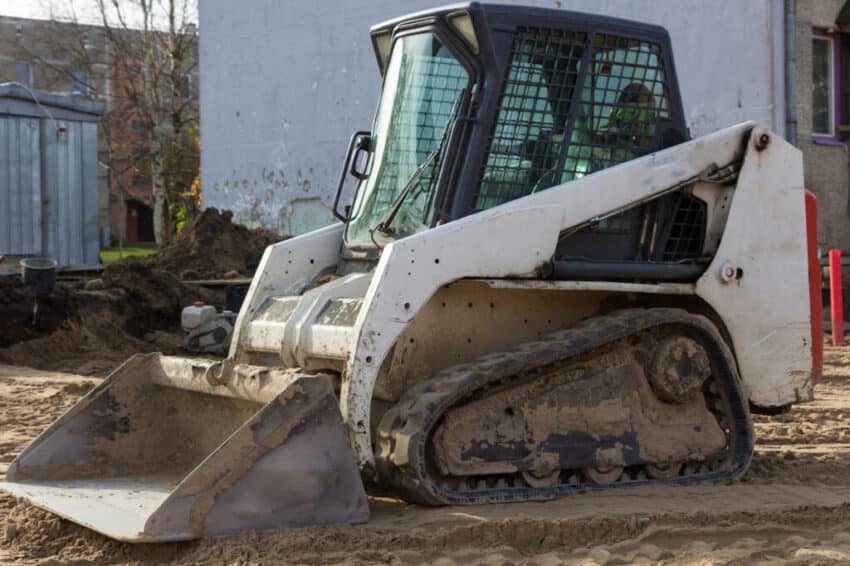Rubber track maintenance needs you and your staff to be proactive. With a proper maintenance strategy in place, you can prevent significant damages that can result in costly repairs.
When you keep up with a maintenance routine, you can help keep your equipment run effectively and reduce the threat of breaking and cracking. This is the reason why you need to know how to maintain the rubber tracks so that you can preserve the life of your skid steer. This post explains the best ways to maintain rubber tracks for skid steer.
Install the right rubber tracks
You can get more life out of your rubber tracks if you install the correct ones that are the right for the skid steer. Make sure the rubber tracks have the right length and pitch for your skid steer. Unfortunately, if you invest in the wrong rubber tracks, it can cause premature wear on the rubber and gears. Besides, the rubber tracks should parallel the skid steer’s horsepower.
If you’re not sure about the rubber tracks you are using or which ones you need to buy, get expert advice. Experts can know which rubber tracks are the best fit for your skid steer depending on its make and model. You can also check Fortis Tracks – rubber tracks for skid steer.
Complete inspections
The right rubber tracks for skid steers maintenance relies on doing daily and monthly inspections. So operators should conduct inspections before and after each use. This involves checking for the main parts of your skid steer and rubber tracks.
Aside from these walk-around daily inspections, operators should also do a thorough inspection which is a regular rubber track maintenance at least every two to four months. Check the tension of the tracks and examine for proper alignment. You can look at the skid steer’s manual to figure out the correct alignment.
Undercarriage maintenance
It’s important to conduct undercarriage maintenance. Remember that this is a crucial part of rubber track upkeep. Therefore, you should inspect the sprockets, sprocket teeth, rollers, idlers, and many others. Some of the faulty parts can pull out the links from the tracks.
Worse still, damaged rollers tend to affect the moving area of your rubber track. In such cases, you must replace undercarriage components regardless of whether they are broken, worn, or cracked.
Undercarriage maintenance should go hand in hand with cleaning the tracks. Hence, you can utilize a pressure washer to clean off debris and dirt after each use. You can remove embedded objects that are in the rubber tracks and other stuck debris. To prevent frozen rubber tracks, ensure that you remove snow and ice.
Above all, anything that gets stuck in the lugs like asphalt can grind in the future and force the lugs to drop off from the track. All built-up particles should be removed to prevent increasing the weight of the rubber track and reduce the machine’s fuel economy.
Embedded material can even increase the level of tension in the rubber tracks. As you can see, neglecting to maintain your skid steer’s undercarriage can cause severe damage.


